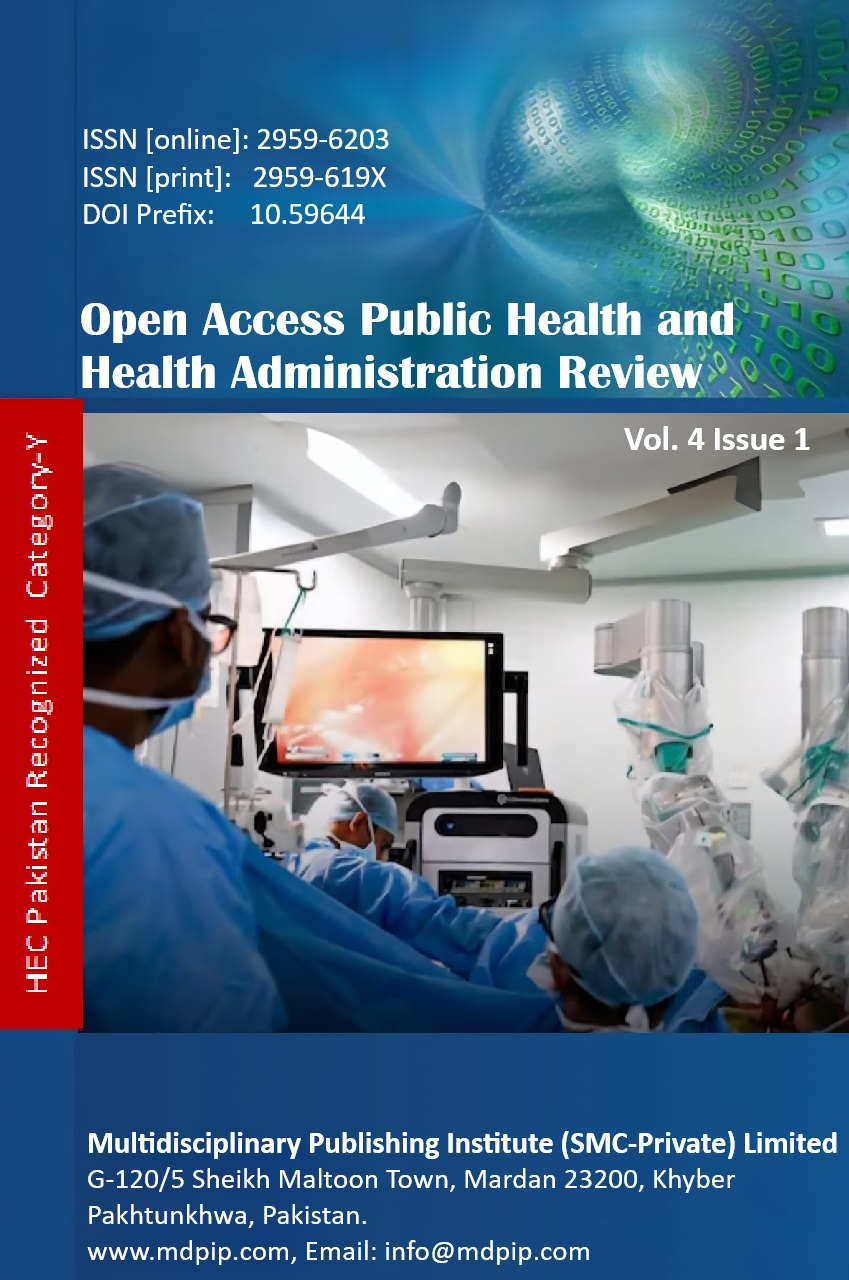Tackling the Threat: A Review of Fluoroquinolone Resistance in Salmonella and Campylobacter in Food-Producing Animals
DOI:
https://doi.org/10.59644/oaphhar.4(1).220Keywords:
Antimicrobial Resistance, Fluoroquinolone Resistance, Salmonella, Campylobacter, Food-producing Animals, One HealthAbstract
This paper explores the serious public health threat posed by fluoroquinolone resistance in Salmonella and Campylobacter bacteria, which are major causes of foodborne infections. The widespread use of fluoroquinolone antibiotics in food-producing animals has led to an increase in antimicrobial resistance (AMR), significantly limiting treatment options for human infections. This review examines the causes, prevalence, and transmission of fluoroquinolone resistance through a comprehensive literature review. Resistance is primarily driven by chromosomal mutations in genes like gyrA and parC, and the acquisition of plasmid-mediated resistance (PMQR) genes such as qnr. The prevalence of resistance is particularly high in poultry from countries like South Korea and China, with documented high rates of resistance to ciprofloxacin and nalidixic acid. Resistant bacteria are transmitted to humans through direct contact with animals and the food chain. The overuse of antibiotics in animal husbandry, horizontal gene transfer, and poor farm hygiene creates a selective pressure for resistance. The review highlights the need for more standardized and integrated surveillance programs to track resistant strains effectively. A "One Health" approach is crucial, involving stronger regulations, improved biosecurity, and the exploration of alternatives to antibiotics, such as vaccines and bacteriophages. This collaborative strategy is essential to safeguard public health against this global threat.






